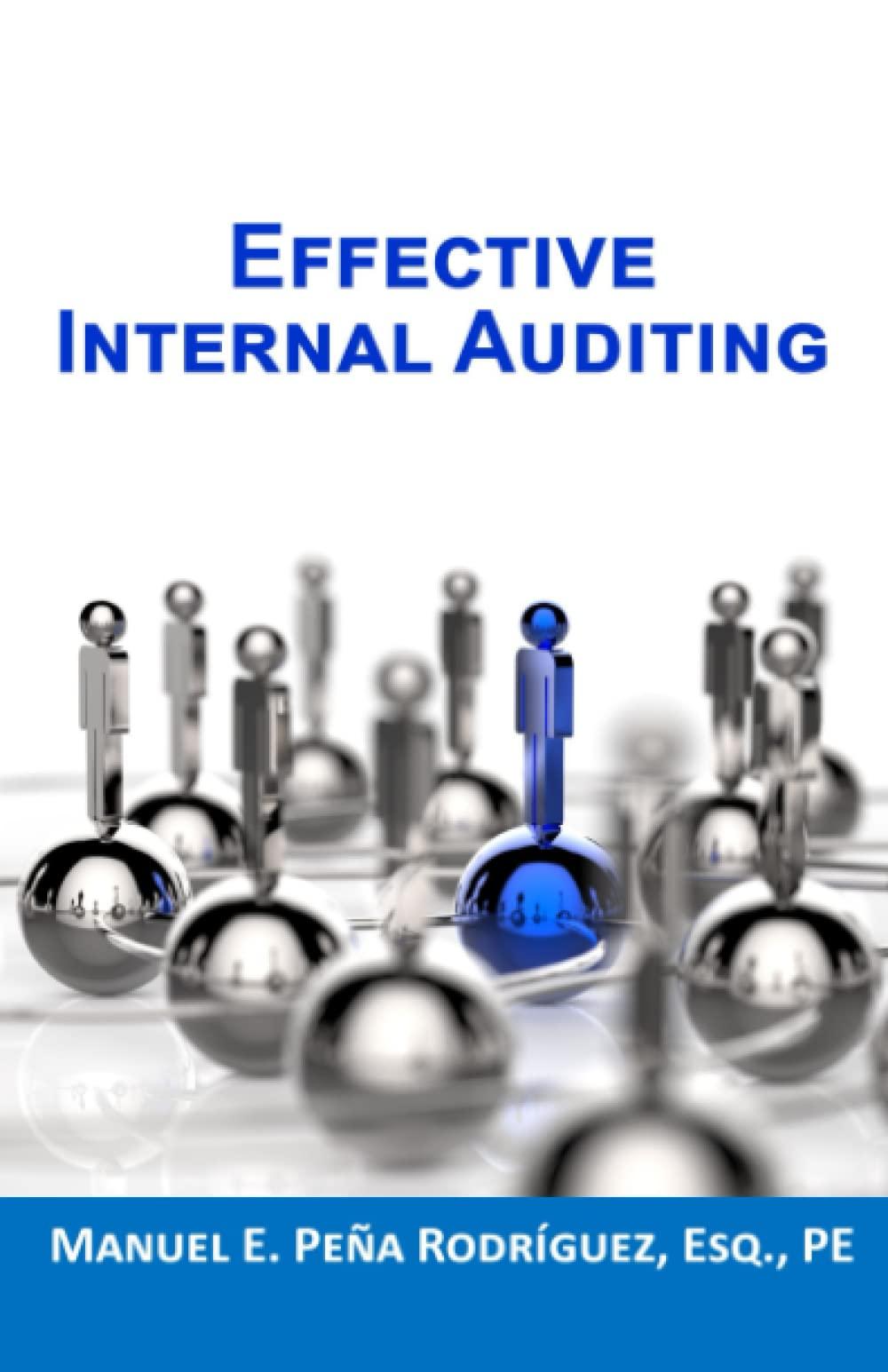Question
Complete one Excel workbook with three linked worksheets (1. transactions, 2. Income Statement and 3. Balance Sheet) for the month of January 2020 using the
Complete one Excel workbook with three linked worksheets (1. transactions, 2. Income Statement and 3. Balance Sheet) for the month of January 2020 using the information below. Use formulas for calculations and format the workbook to create a positive visual effect. During January 2020, the following transactions occurred at Green Hills Produce: Jan 1 Mr Linn contributed $25,000 cash to start the business. Jan 1 The business purchased inventory of fresh produce on credit $5,000. Jan 1 Mr Linn purchased packaging supplies (jars, labels, boxes and bags) using cash, $1,500. 4 2 The business purchased a truck using a bank loan $25,000. Jan 2 Cash sales $1,500. This inventory had a cost price of $750. Jan 2 Sold vegetables and condiments to the local aged care facility $2,000. This customer is allowed credit and will pay in two weeks. This inventory had a cost price of $1000. 7 3 Credit sales $ 2,100. This inventory had a cost price of $1,050. Jan 3 Purchased produce inventory on credit $3,000. Jan 7 Cash collected from customers $2,000 related to Jan 2 credit sales. Jan 8 Mr Linn paid $250 cash to buy personal groceries from Woolworths supermarket. 11 9 Paid $2,000 cash salary to employees. Jan 11 Paid $9,000 cash in advance for business insurance for the full year ahead. Jan 12 Mr Linn paid $3,000 for his personal home insurance. Jan 13 Paid $2000 cash for rent for the business premises. Jan 18 Paid $5,000 to the supplier related to the inventory purchased on Jan 1. Jan 19 Received $4,000 cash in advance from a customer for produce to be provided to them in a few days. Jan 20 Received $2,000 from the client related to Jan 3 sales. Jan 21 Mr Linn withdrew $1500 from the business for his personal use. Jan 22 Paid cash for the petrol expense $500, postage $100 and electricity bill $1000 for the business. Jan 23 Purchased office supplies $200 on credit. Jan 24 Revenue of $4,000 earned from the customer related to Jan 19 transaction. This inventory had a cost price of $2000. Jan 25 Customer paid the rest of the amount related to January 3. Jan 26 The business purchased equipment (rotary hoe) for $5,000 via a bank loan. Jan 26 Recorded credit sales $3,000. This inventory had a cost price of $1,500. Jan 27 Mr Linn invested $40,000 personal cash in the business. Jan 28 Mr Linn contributes his personal truck to the business. A valuer has assessed that the fair value of the truck is $23,000. Jan 29 Paid for office supplies purchased on Jan 23. Jan 30 Collected cash from the customers related to Jan 26 credit sales. Jan 30 Paid $2,000 cash wages to employees. Jan 31 Office supplies on hand at the end of January (what was remaining) amounted to $50. Jan 31 Bank loan interest accrued for the month of January amounts to $125. Jan 31 Prepaid insurance used $750. Jan 31 The depreciation expense for the trucks, related to this month, should be combined and calculated using a total residual value of $12,000 with 4 years of useful life. Assume both trucks were purchased at the beginning of the month. There is no need to consider depreciation on the machinery until the end of the year
Step by Step Solution
There are 3 Steps involved in it
Step: 1

Get Instant Access to Expert-Tailored Solutions
See step-by-step solutions with expert insights and AI powered tools for academic success
Step: 2

Step: 3

Ace Your Homework with AI
Get the answers you need in no time with our AI-driven, step-by-step assistance
Get Started


